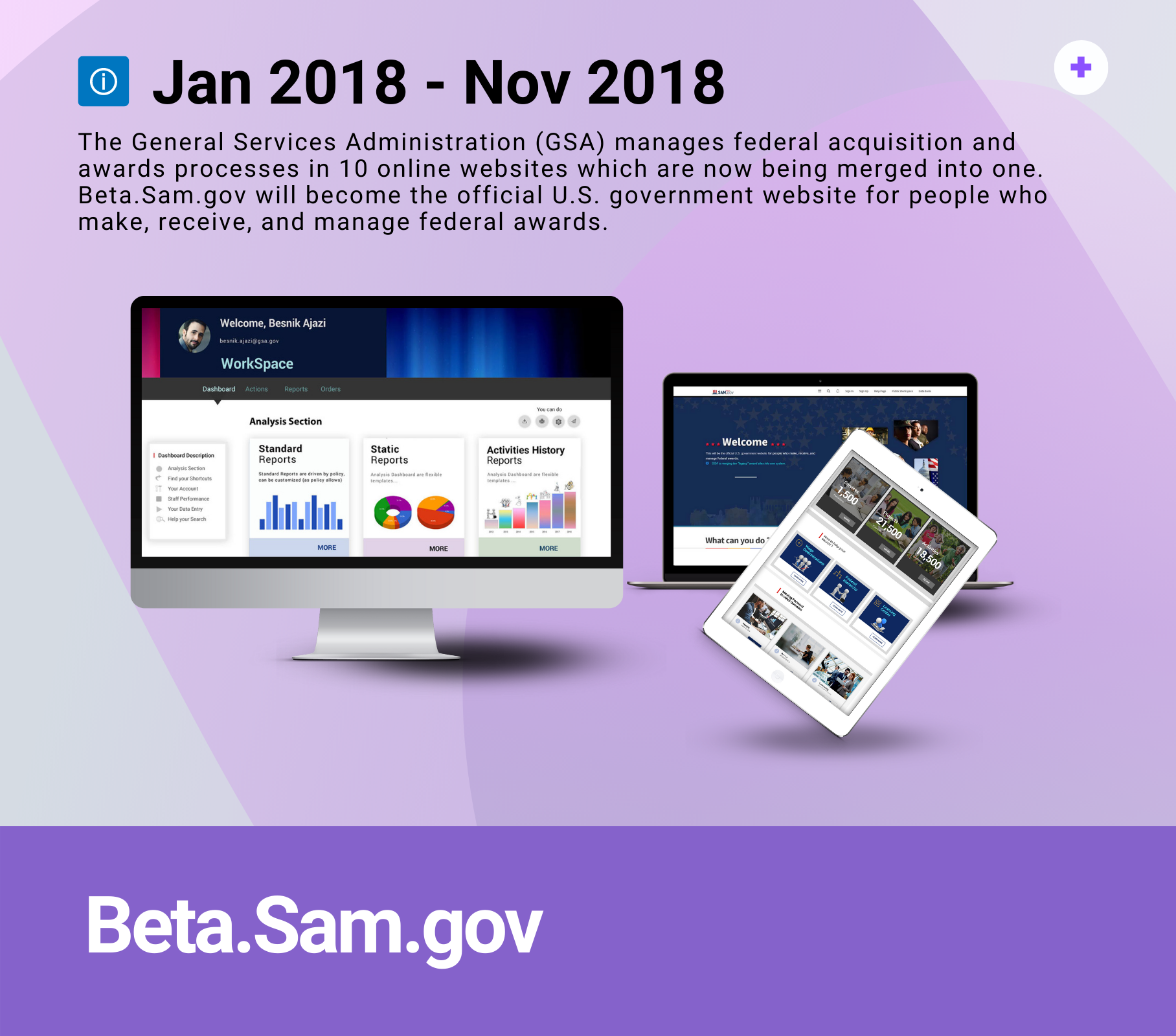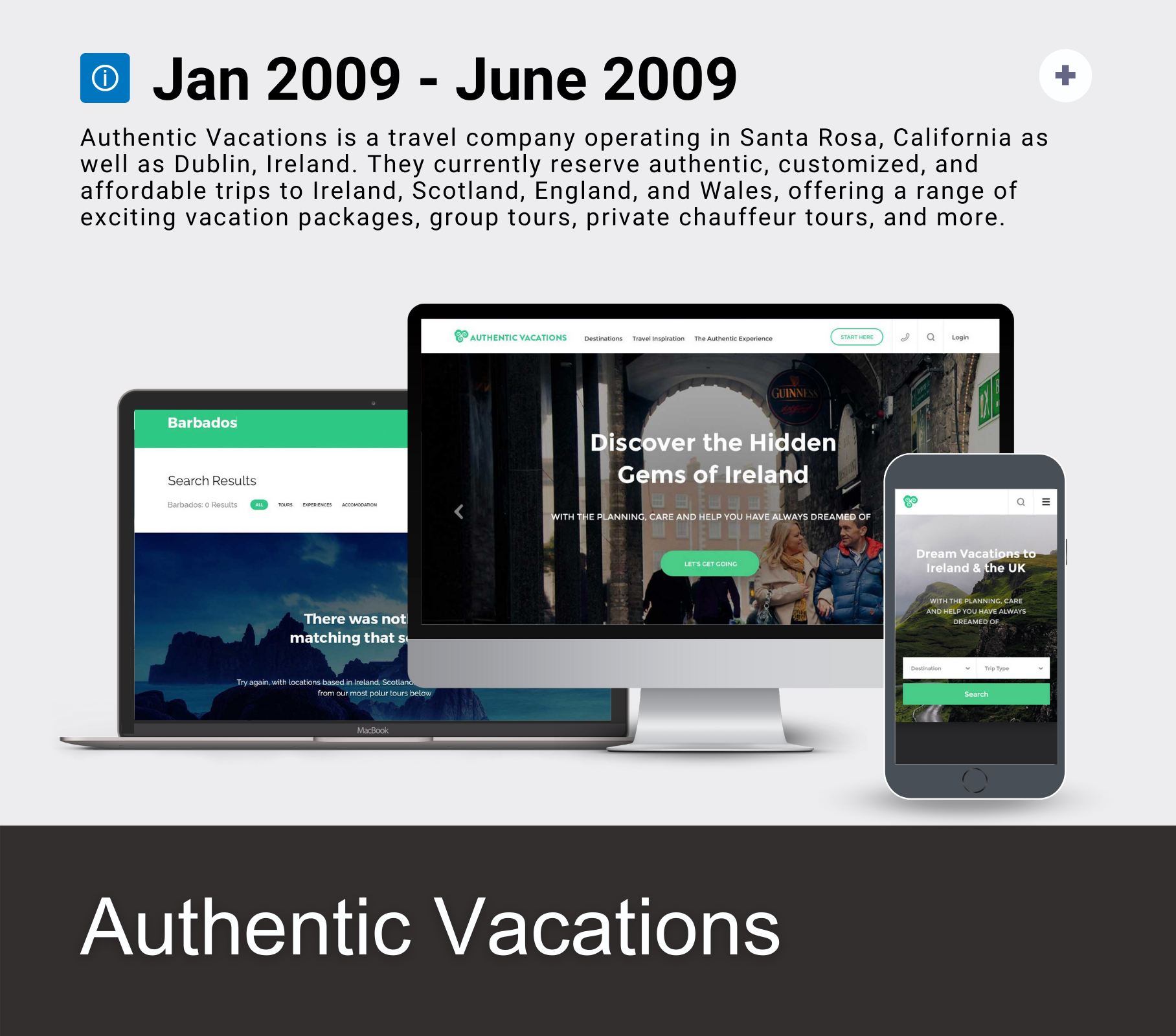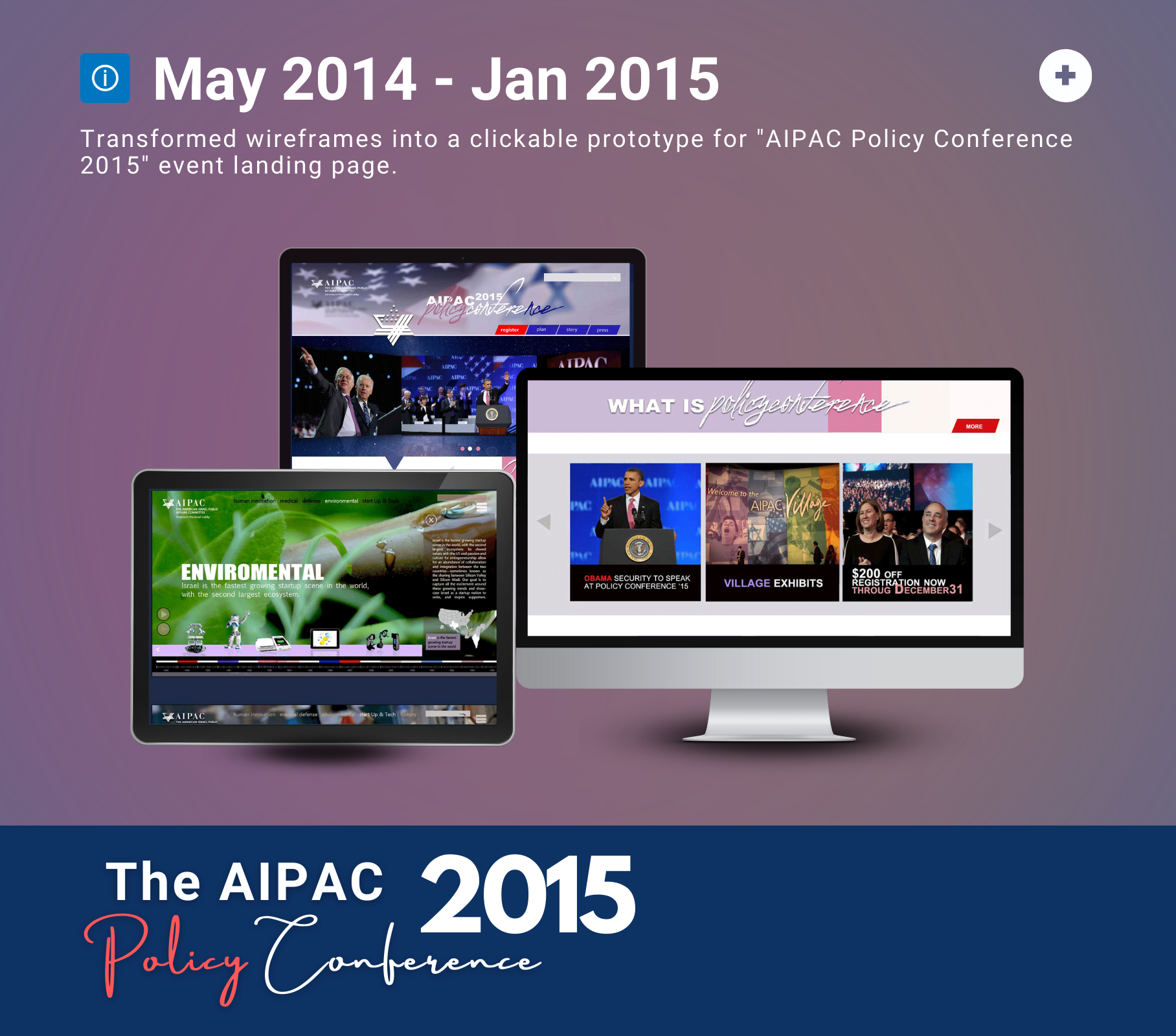Goals, Capabilities, & Features
Goal
The purpose of this project is to support the activities of ILC staff that improve the quality of life of their clients. The Quality Improvement (QI) goals they have set to help fulfill this purpose are:
1- to increase the number of potential QI opportunities that get identified.
2- to increase the number of approved QI opportunities that get completed.
3- to reduce the amount of time needed between identifying and completing QIS.
Capabilities
The purpose of this project is to support the activities of ILC staff that improve the quality of life of their clients. The Quality Improvement (QI) goals they have set to help fulfill this purpose are:
- Collecting Information - need the ability to collect data
- Securing Information - need the ability to assure the security of the data collected
- Viewing Performance - need the ability to view and analyze the data
- Reporting Findings - need the ability to export and share the data
- Monitoring QI - need the ability to identify quality improvement opportunities
- Maintaining System - need the ability to assure the quality of the system and guarantee access
- Empowering Customers - need the ability to obtain and empower new customers
Features and feature sets
Each capability has a collection of features that work together to allow the stakeholder to complete that ability.



















